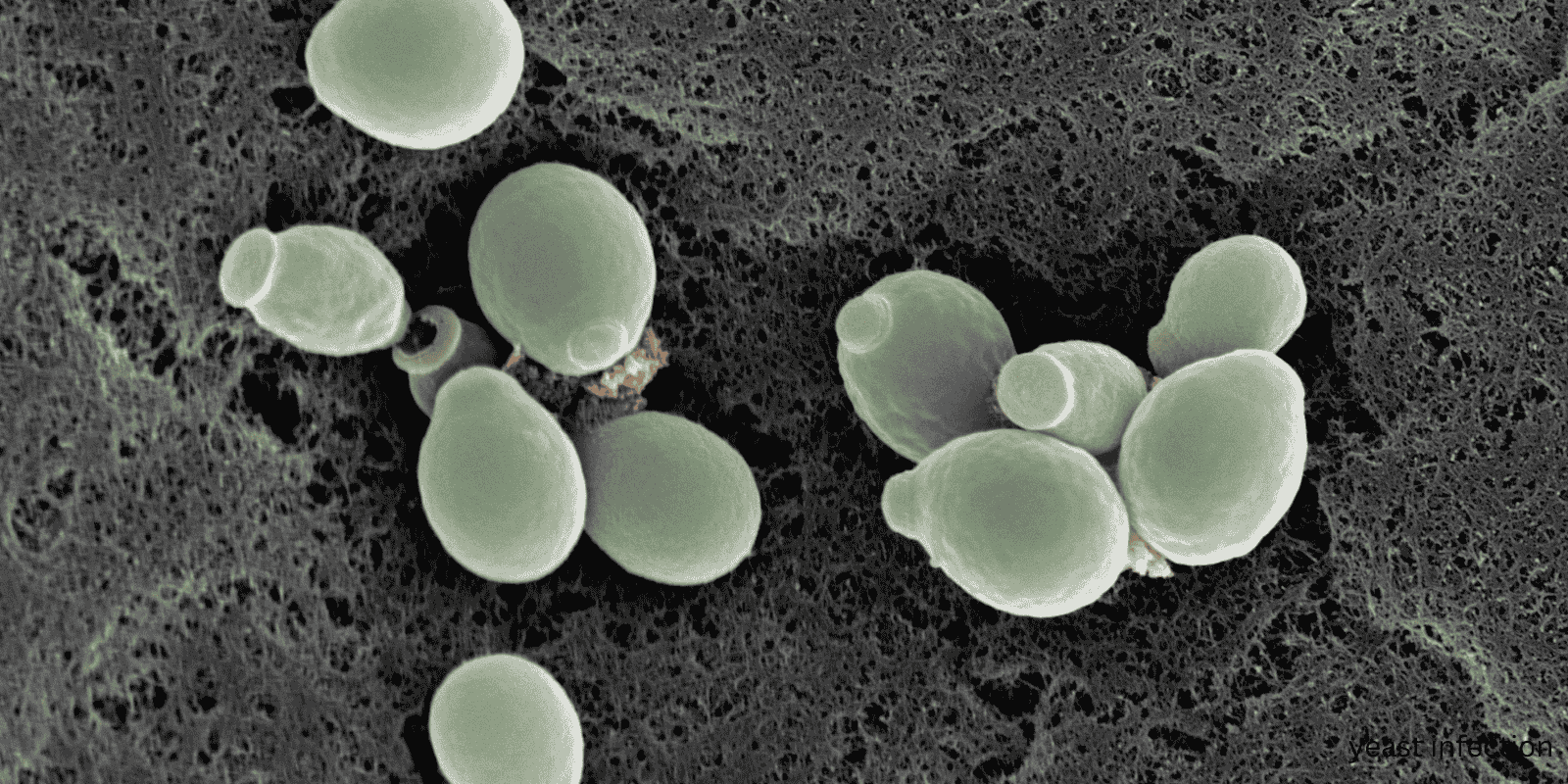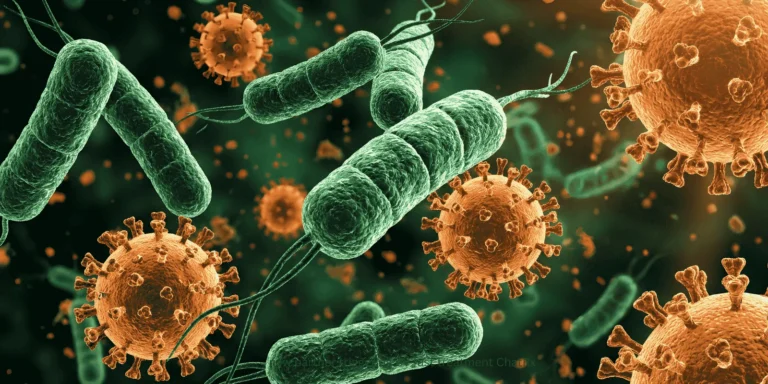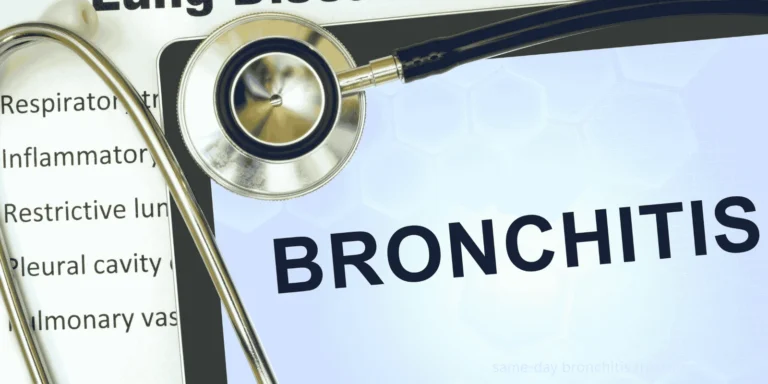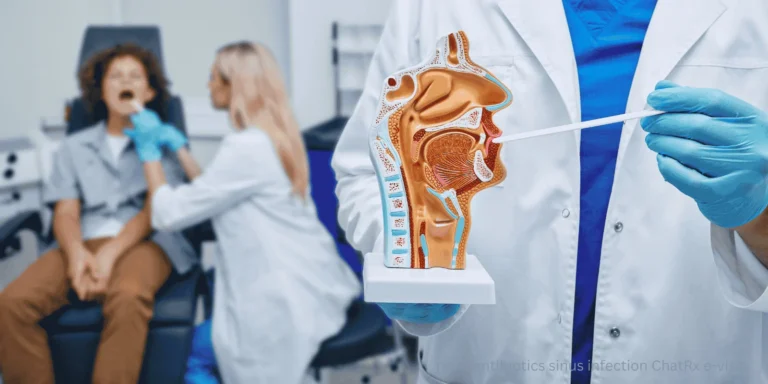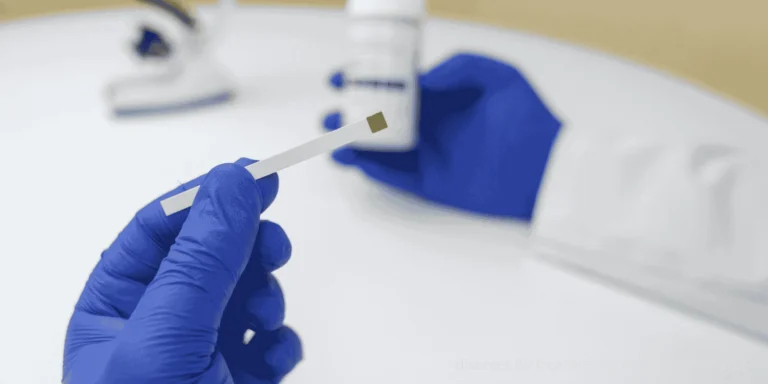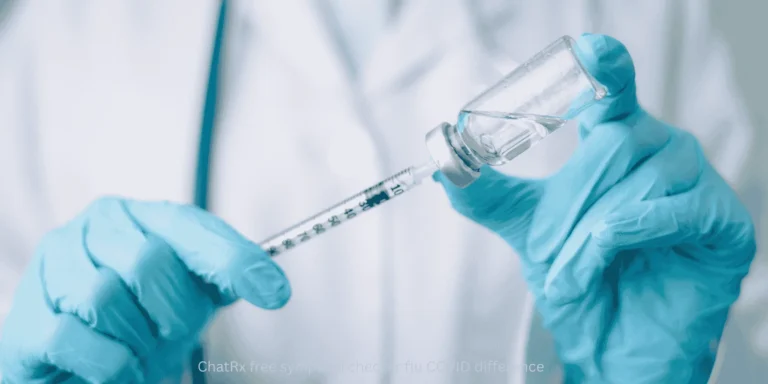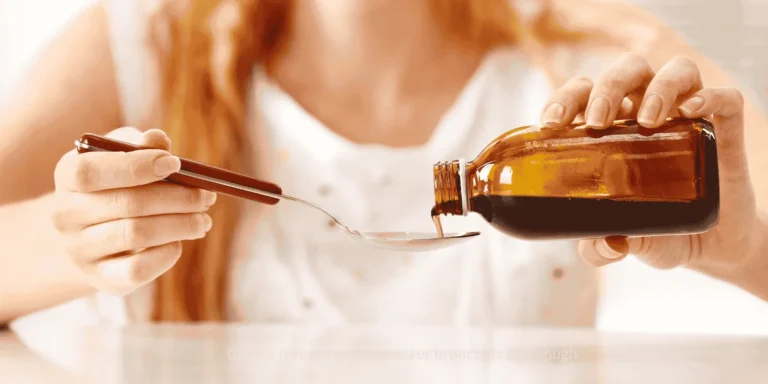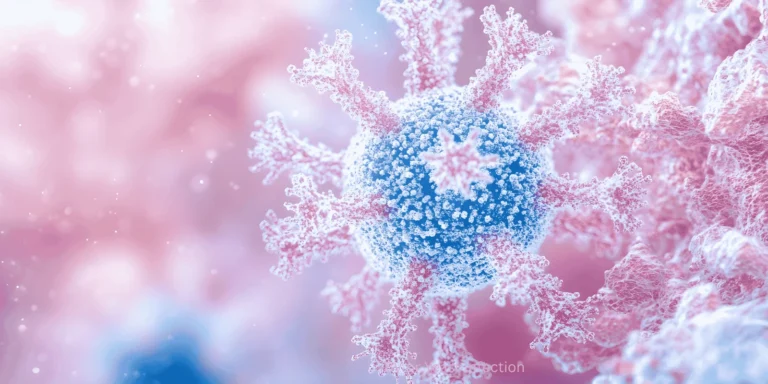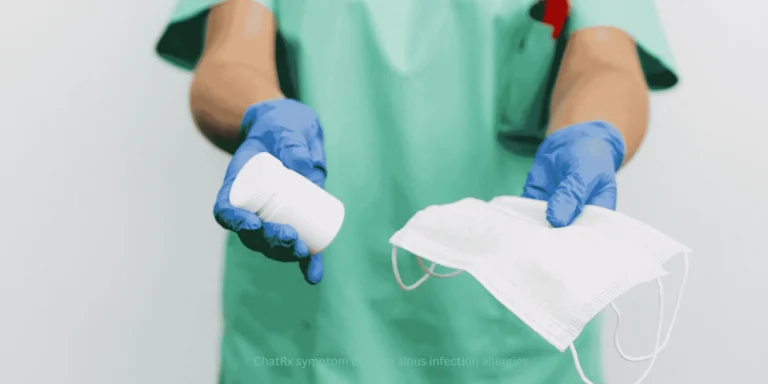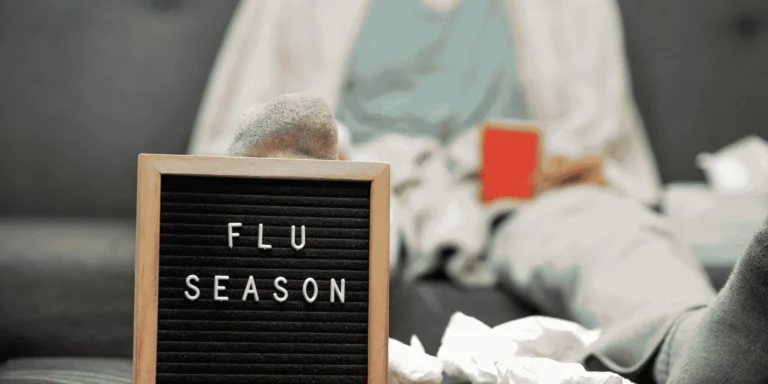Antibiotics disrupt the natural bacterial balance that prevents yeast overgrowth, making post-antibiotic yeast infections common. These five evidence-based steps significantly reduce your risk.
Step 1: Start probiotics during antibiotic treatment. Begin probiotics immediately when starting antibiotics rather than waiting until completion. Take probiotics 2-3 hours apart from antibiotic doses to prevent the antibiotic from killing the beneficial bacteria.
Choose specific strains – Lactobacillus rhamnosus, L. acidophilus, and L. reuteri are most effective for maintaining vaginal health.
Continue for 2 weeks after finishing antibiotics to restore healthy bacterial populations fully.
Step 2: Maintain a low-sugar diet. Eliminate refined sugars during and after antibiotic treatment, as yeast feeds on glucose and multiplies rapidly in high-sugar environments.
Avoid high-sugar fruits temporarily, including grapes, bananas, and dried fruits that can fuel yeast growth.
Read food labels carefully – many processed foods contain hidden sugars that promote Candida overgrowth.
Step 3: Wear breathable cotton underwear. Switch to 100% cotton underwear during antibiotic treatment to allow better airflow and reduce moisture that encourages yeast growth.
Avoid tight-fitting clothing, including skinny jeans, leggings, or synthetic undergarments that trap heat and moisture.
Change underwear daily and immediately after exercise or any activity that causes sweating.
Step 4: Skip unnecessary feminine hygiene products Avoid douching completely as this disrupts the vaginal pH and removes beneficial bacteria that compete with yeast.
Use unscented products only for intimate hygiene – fragrances and harsh chemicals can irritate tissues and promote yeast overgrowth.
Choose mild, pH-balanced cleansers or simply use warm water for external cleaning.
Step 5: Monitor symptoms and act quickly. Watch for early signs, such as mild itching, slight discharge changes, or vulvar irritation, that might indicate yeast beginning to overgrow.
Start over-the-counter antifungal treatment at the first sign of symptoms rather than waiting for a full-blown infection to develop.
Contact your healthcare provider if symptoms develop despite preventive measures, as you might need prescription-strength antifungal medication.
Additional supportive measures: Stay hydrated to help flush toxins and support immune function during antibiotic treatment.
Get adequate sleep since fatigue compromises immune system function and increases infection susceptibility.
Avoid alcohol during and immediately after antibiotic treatment, as alcohol can further disrupt beneficial bacteria.
Disclaimer: Probiotic supplements are not FDA-approved for preventing yeast infections. This information is educational and not specific medical guidance.
ChatRx can help evaluate your condition and recommend appropriate antifungal treatment options if you develop yeast infection symptoms despite following these preventive steps.

